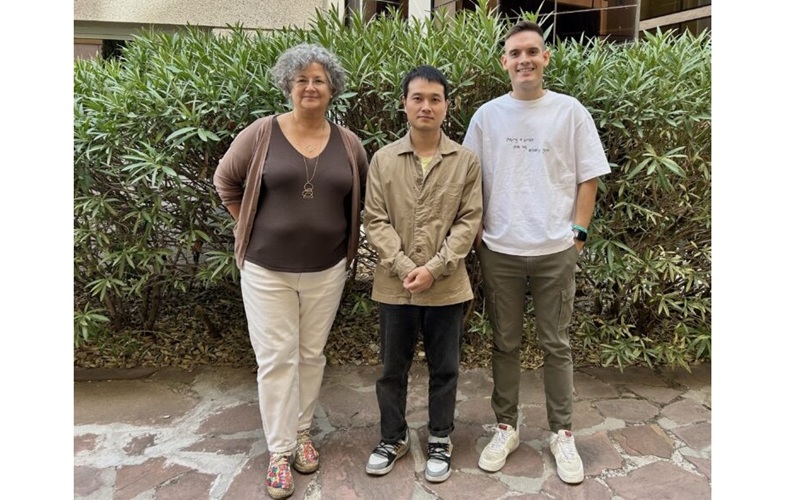Robot-Assisted Needle Positioning in CT-Guided Procedures Improves Accuracy
Posted on 07 Mar 2023
Percutaneous image-guided needle interventions are generally performed for diagnostic and therapeutic purposes, such as biopsies and ablations. In such procedures, the interventional radiologist (IR) usually performs a freehand needle positioning using imaging modalities, such as ultrasound, magnetic resonance imaging, or computed tomography (CT). It can be challenging to achieve accurate needle positioning, especially in out-of-plane approaches. Over the past decades, robots have been developed to improve the precision of needle positioning. To improve needle positioning accuracy, robotic systems have been developed over the past few decades. For their effective application in clinical practice, these robotic systems must support a wide range of entry points and needle path angles that allow for optimal trajectory choices. In addition to accurate needle positioning, robotic systems may also offer the potential for reduced radiation exposure and shorter procedure times, irrespective of the practitioner's experience. Now, a new study has found that robotic assistance for needle positioning during CT-guided biopsy increases accuracy without increasing procedure times.
During procedures requiring needle positioning, robot assistance results in fewer adjustments in comparison to freehand techniques, even for seasoned interventional radiologists, according to the findings of a study by researchers at Radboud University Medical Center (Nijmegen, The Netherlands). For this study, the researchers used NDR Medical Technology’s (Singapore) ANT-C system that is designed to plan needle trajectory and orient physicians to insert needles manually with great accuracy. ANT-C is not a floor-mounted system, allowing it to be used with any CT scanner, and can also help position multiple needles based on just one scan.

Experts utilized an abdominal phantom to compare robot-assisted needle placements with those executed by an interventional radiology fellow and an experienced interventional radiologist. The analysis involved a total of 12 positionings. According to the results, the robot system significantly improved the number of successful needle targets (20/24 vs. 14/24), while providing greater precision, requiring fewer adjustments in contrast to freehand positioning. There was no significant difference in procedure times between the two methods (19.5 ± 9.2 minutes with robotic assistance vs. 21.0 ± 6.9 minutes freehand). Although the fellow experienced more significant benefits from the assistance, both providers' performance showed improvement with the use of the robotic system.
The researchers acknowledge that the ANT-C system is technically feasible and provides potential for use in clinical settings. However, more research is required to assess whether robotic assistance can improve outcomes and its impact on radiation dose in human patients. While there is a high likelihood that robot assistance can enhance accuracy, speed up procedures and lower radiation exposure, other factors need to be evaluated before its implementation. Factors such as installation, sterilization, and costs can vary widely based on the type of system used. Therefore, the researchers have emphasized the importance of evaluating these adjunct factors.
Related Links:
Radboud University Medical Center
NDR Medical Technology








 Guided Devices.jpg)





